There’s something magical about flower bulbs: a dry bulb turns into a beautiful flower. No wonder this appeals to children! It’s so much fun to watch how they grow, and so is helping out by getting your hands in the ground, head in the sun, and heart with nature. Take the kids along in the garden and plant some nice bulbs in all kinds of places – and don’t forget the pots and containers.
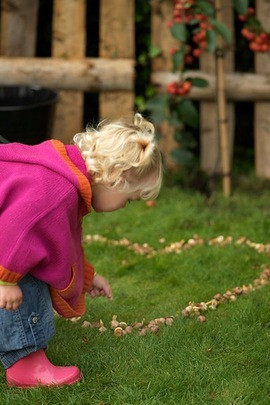 |
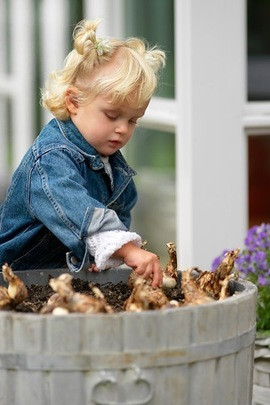 |
The flower is already tucked away inside the bulb, so success is assured. Many flower bulbs – like the Tulip, Hyacinth, Grape Hyacinth (Muscari), Ornamental Onion (Allium), and the Checkered Fritillary and Crown Imperial (Fritillaria) – are real sun worshippers. Luckily, there are also flower bulbs that tolerate shade. Good examples are Tulipa tarda (a little botanical tulip), anemones, the Nodding Star-of-Bethlehem (Ornithogalum nutans), and the Striped Squill (Puschkinia). And some kinds are so easy-going that they thrive in sun or shade. These include daffodils, the Grecian Windflower (Anemone blanda), Glory-of-the-Snow (Chionodoxa), the Snowdrop (Galanthus), the Sicilian Honey Garlic (Nectaroscordum) and the Siberian Squill (Scilla).
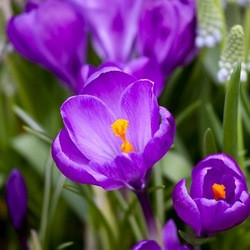
|
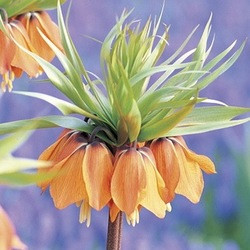
|
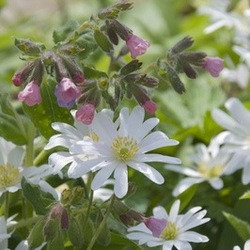
|
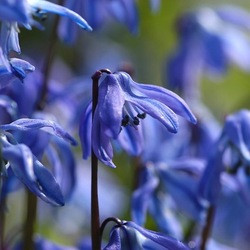
|
Bulbous plants have an English common name and a scientific name. The Grape Hyacinth, for example, is also called the Muscari. Children are enchanted simply by some of the fanciful English names for flower bulbs. Shall we plant some grape hyacinths (Muscari), snowdrops (Galanthus), starflowers (Triteleia), ornamental onions (Allium), crown imperials (Fritillaria Imperialis), and checkered fritillaries (Fritillaria Meleagris)? And maybe a few foxtail lilies (Eremurus) too? In other words, indulge yourself, use your imagination and make something beautiful. Children love this kind of thing and will be more than willing to help. If you are excited about it, they will be, too.
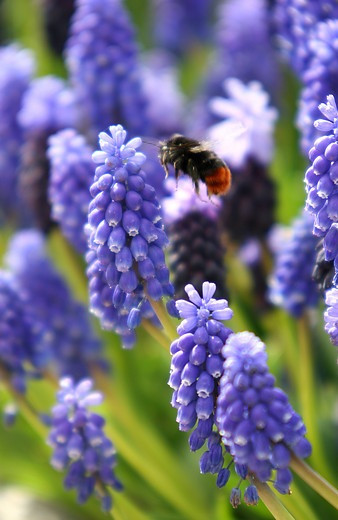
|
.jpeg)
|
No garden? What could be more fun than getting the kids to help you plant flower bulbs in pots and containers and then watch them develop before their very eyes? Good choices would include mini-daffodils, grape hyacinths, little short-stemmed tulips, crocuses, hyacinths, anemones, and Siberian squills. Make sure that the pots have a few holes in the bottom so that excess water can drain out. Before putting any potting soil into the pot, cover the bottom of it with a few pot shards, clay granules or some coarse gravel. Cluster the pots together in a sheltered, not-too-shady spot to help them get through the winter.
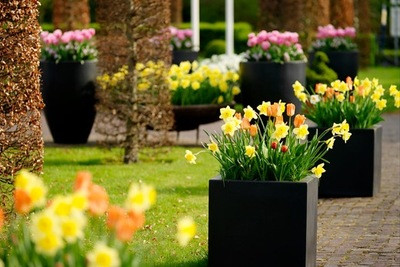
|
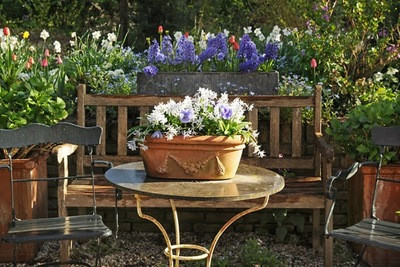
Hyacinthus, Narcissus, Tulipa |
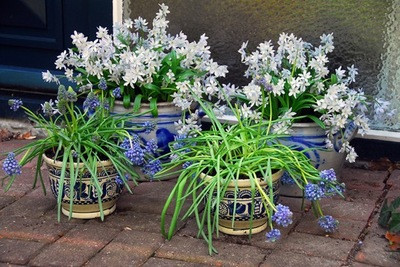
|
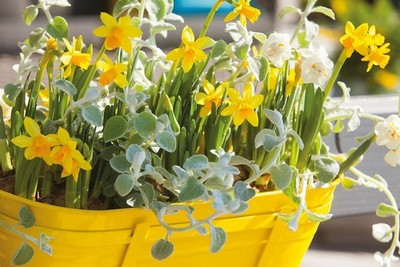
|
Planting flower bulbs is a nice little autumn job for those who don’t mind getting their coats and boots on and heading out together into the cool crisp air. Anyone can plant bulbs! Just remember to plant bulbs twice as deep as they are tall, and make sure that the tips are pointing up. Afterward, give the bulbs a little water.
The best months for planting are October and November, but even December is possible. Before the bulb disappears under the ground, make this a nice little learning experience: take a close look at it together. Often you can already see some tiny roots appearing. Ever wondered what a bulb looks like inside? Try cutting one in half so that you can see its ‘scales’ and the tiny flower already visible in the middle. This is the promise that will be fulfilled in the spring.
.jpeg)
Use your eyes and your nose! What could be more fun for children? These are experiences they won’t soon forget. All kinds of hyacinths, for example, smell wonderful. You can also find lots of fragrance among the daffodils in varieties such as ‘Cheerfulness’, ‘Bridal Crown’, ‘Baby Moon’, ‘Golden Dawn’, ‘Geranium’, ‘Actaea’, ‘Recurvus’, ‘Hawera’ and ‘Martinette’. Another delight for the nose and eyes is the royal orange tulip with deep red flames, ‘Princess Irene’. This is a real princess among the tulips! And so is the fragrant ‘Orange Princess’.
 Bridal Crown sq bis.jpeg)
|
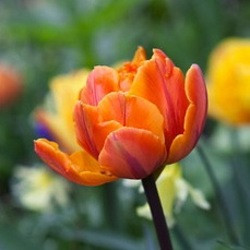
|
| Plant Type | Bulbs |
|---|---|
| Season of Interest |
Spring |
| Plant Type | Bulbs |
|---|---|
| Season of Interest |
Spring |
Create a membership account to save your garden designs and to view them on any device.
Becoming a contributing member of Gardenia is easy and can be done in just a few minutes. If you provide us with your name, email address and the payment of a modest $25 annual membership fee, you will become a full member, enabling you to design and save up to 25 of your garden design ideas.
Join now and start creating your dream garden!
Create a membership account to save your garden designs and to view them on any device.
Becoming a contributing member of Gardenia is easy and can be done in just a few minutes. If you provide us with your name, email address and the payment of a modest $25 annual membership fee, you will become a full member, enabling you to design and save up to 25 of your garden design ideas.
Join now and start creating your dream garden!